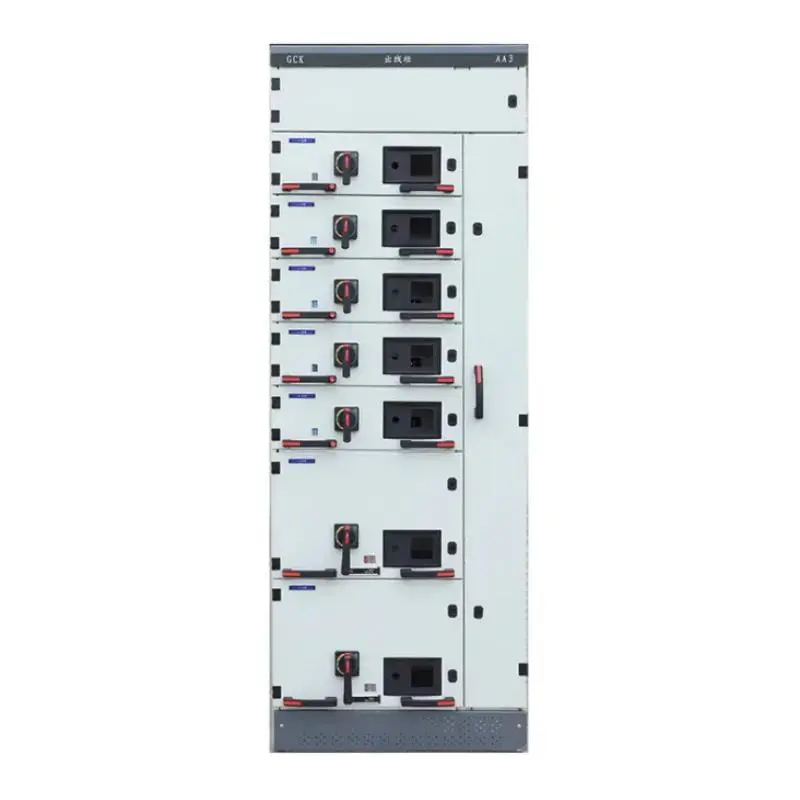
In any low voltage switchgear system, switchgear plays a vital role in managing and distributing electrical power. These cabinets act as centralized control panels housing various electrical components such as circuit breakers, switches and protection devices. Whether in an industrial or commercial environment, the type of switchgear chosen can significantly affect the overall functionality and convenience of the system. In this blog post we will take an in-depth look at the different types of switchgear and highlight their advantages in low voltage switchgear applications.
Fixed switchgear is permanently installed in the switchboard and cannot be removed without shutting down the entire electrical system. Although it may sound restrictive, this type of switchgear offers several advantages. By being securely fastened, fixed switchgear ensures a stable connection and reduces the risk of damage from loose connections or accidental movement. Not only does this increase the overall reliability of the system, it also minimizes the possibility of electrical failure, ultimately contributing to a safer work environment.
Drawout switchgear, on the other hand, provides the flexibility to dismantle individual modules or units for maintenance or replacement without disrupting the entire system. This feature provides easier access to failed components, reduces downtime during repairs and contributes to efficient system management. Drawer-style switchgear allows for quick changes and upgrades, providing greater flexibility in adapting to changing electrical requirements. Additionally, the ability to replace or upgrade individual modules without affecting the entire system reduces operating costs while maintaining uninterrupted power.
Both fixed and withdrawable switchgear designs prioritize safety and operational efficiency. Fixed switchgear is designed with enhanced insulation and protection to protect against electrical hazards. Since there are no moving parts, fixed switchgear provides greater reliability and stability in the long run. Drawout switchgear, on the other hand, has safety interlocking and isolation features that ensure modules can only be removed when in the isolated position. These additional safety features minimize the risk of electric shock or accidental contact with live parts during maintenance.
In low-voltage switchgear systems, selecting the correct switchgear is critical for optimal performance, safety and ease of maintenance. Fixed switchgear provides long-term stability and reliability, ensuring continuous power supply without risk of outage. At the same time, withdrawable switchgear provides flexibility and convenience in maintenance and upgrades, reducing downtime and operating costs. Ultimately, the choice between fixed or drawer switchgear depends on the specific needs and priorities of the electrical system. Consulting an experienced professional in the field can help you make an informed decision and ensure your low voltage switchgear system is operating at optimal capacity.
Post time: Nov-07-2023














